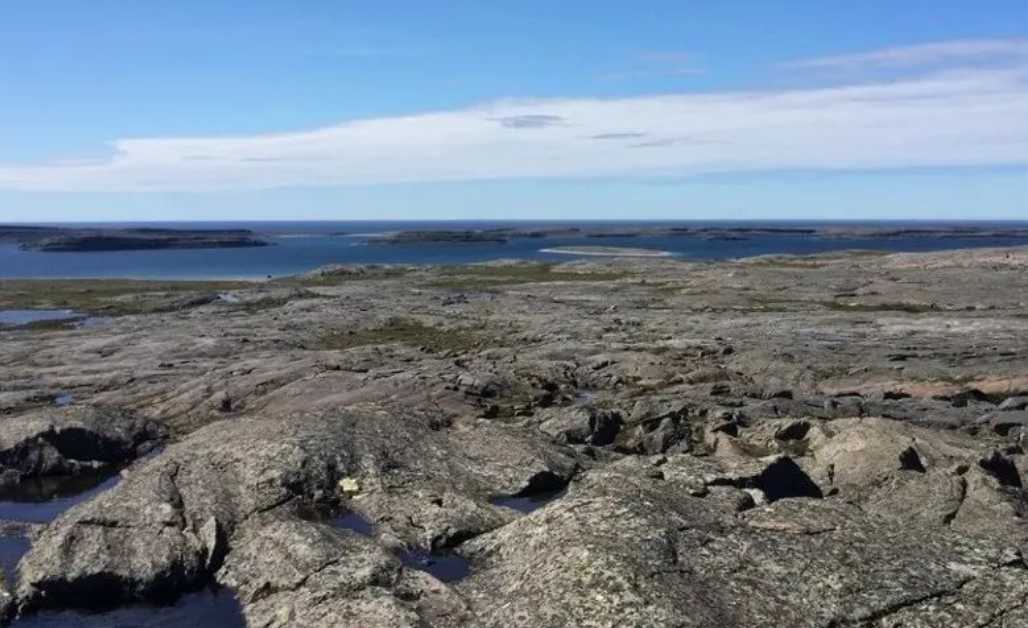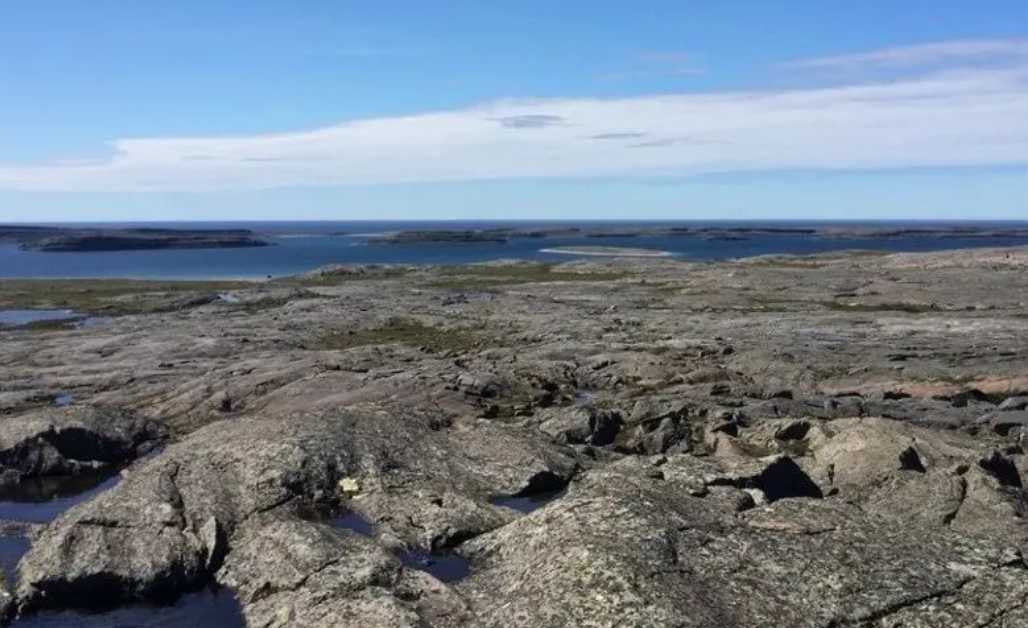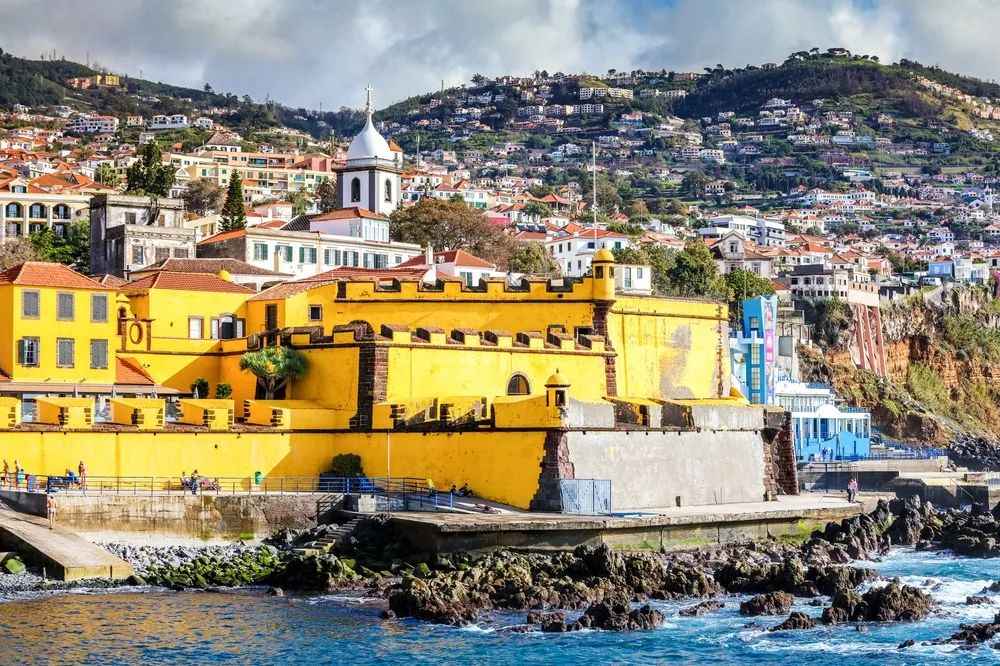Scientists have identified what could be the world's oldest rocks in the Nuvvuagittuq greenstone belt along the coast of Hudson Bay in northeastern Canada1. These rocks are at least 4.16 billion years old, about 160 million years earlier than the previously recognized oldest rocks, and are the only known surviving fragments of the Earth's Hadean - eon crust, providing a precious window into the early evolution of the Earth.

Source: Images from the Internet, if there is any infringement, please contact the removal of
The Nuvvuagittuq greenstone belt is mainly composed of volcanic basalt and has undergone many violent geological changes and metamorphic processes in the Earth's history. In 2008, a research team inferred that the rocks were about 4.3 billion years old by analyzing the isotopic chemical signature of samarium - 146 decaying into neodymium - 142. However, this conclusion was questioned, as it was believed that the mixing of younger crust might have caused data contamination.
The latest study, published in the journal Science, analyzed the lava dikes that intruded into the main rock mass. Using two sets of radioactive - clock systems, namely samarium - 146 decaying into neodymium - 142 and samarium - 147 decaying into neodymium - 143, the researchers concluded that the intrusive rocks formed about 4.16 billion years ago, thus confirming the minimum age of the rocks. This research not only refreshes the record of the oldest rocks on Earth but also provides crucial materials for understanding the Earth's early geological processes and the origin of life.









